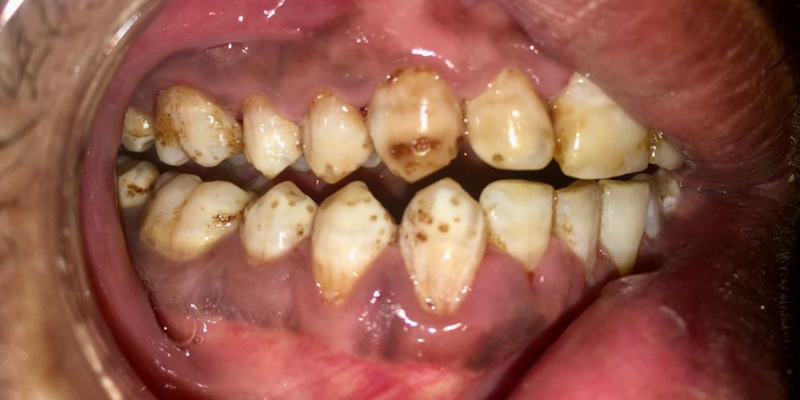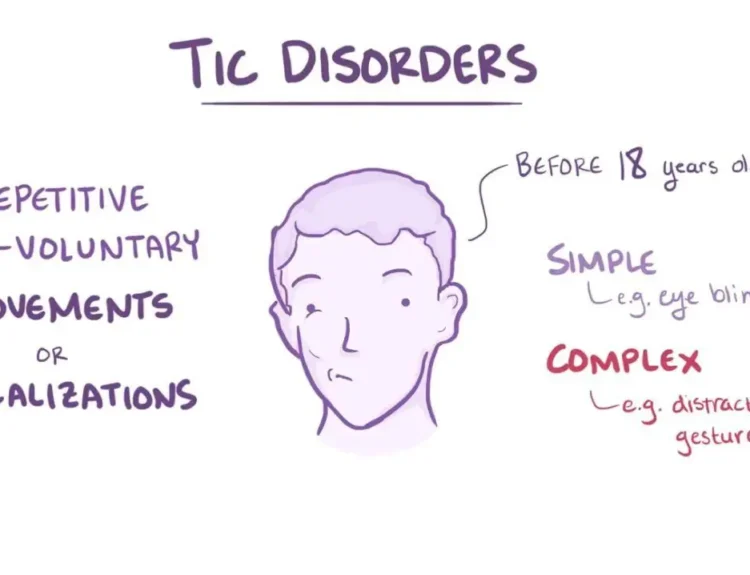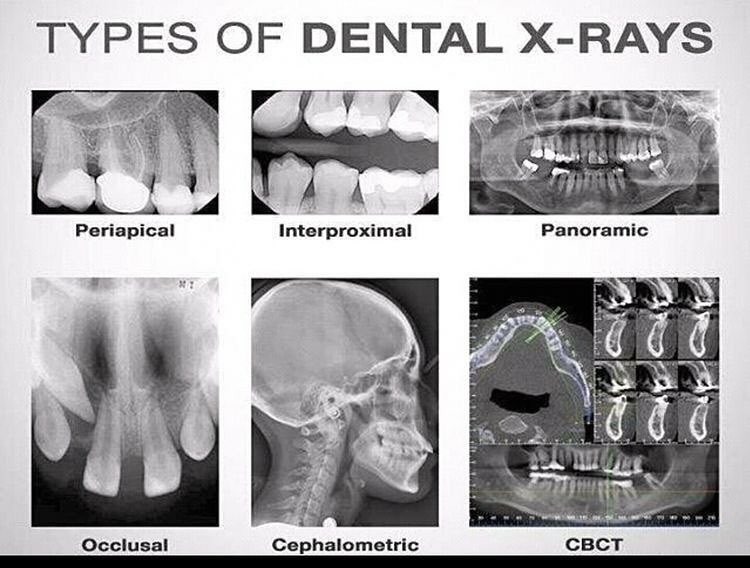Dental Fluorosis is a developmental disturbance of tooth enamel. It occurs due to excessive fluoride intake during the first 8 years of life, when the adult teeth are forming. It appears as a range of visual changes to the teeth, from barely noticeable white flecks to brown staining and pitting. Excessive fluoride intake, during tooth development, can occur from following sources,
Drinking water: Naturally occurring high levels of fluoride in groundwater can contaminate drinking water sources. Consumers of well water are, therefore, found frequently affected.
Toothpaste: Though tooth pastes ar safe to use but swallowing excessive amounts of fluoridated toothpaste, especially by young children.
Supplements: Overuse of fluoride supplements.
Food: Certain foods, such as some teas and processed foods, may contain high levels of fluoride.
Symptoms
The symptoms of fluorosis vary depending on the severity:
Mild: White flecks or streaks on the teeth that are barely noticeable.
Moderate: More noticeable white patches on the teeth.
Severe: Brown staining, pitting, and an uneven surface of the teeth.
Diagnosis
Fluorosis is usually diagnosed by a dentist during a routine dental exam. The dentist will look for the characteristic visual changes on the teeth. In cases of suspected skeletal fluorosis, doctors recommend X-rays to assess the bones.
Treatment
In most cases, mild fluorosis does not require any treatment. For more severe cases, there are cosmetic treatments available to improve the appearance of the teeth. The treatment options include
Tooth whitening: Can help to lighten the teeth and reduce the appearance of staining.
Dental bonding: Dentists apply a composite resin to the teeth to cover up any visible imperfections.
Veneers: Dentits bond thin porcelain shells to the front of the teeth to create a more even and attractive smile.
There is no cure for skeletal fluorosis, but treatment focuses on managing the symptoms and preventing further damage to the bones. This may include pain relievers, physical therapy, and in some cases, surgery.
Prevention
The best way to prevent fluorosis is to limit fluoride intake during the first eight years of life. This can be done by:
Using a pea-sized amount of fluoridated toothpaste: Children under the age of six should use only a pea-sized amount of fluoridated toothpaste and should be supervised by an adult while brushing their teeth.
Choosing non-fluoridated toothpaste: For children under the age of two, it is best to use non-fluoridated toothpaste.
Drinking water with low fluoride levels: If you live in an area with high levels of fluoride in the drinking water, you may want to consider using a water filter or drinking bottled water.
Limiting fluoride supplements: Children under the age of six should not take fluoride supplements unless doctor/ dentist tprescribe.
.






